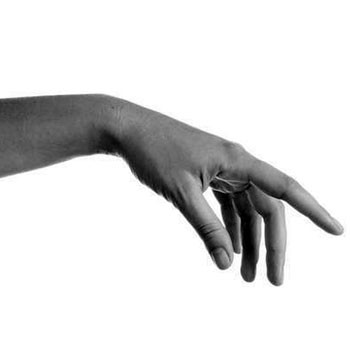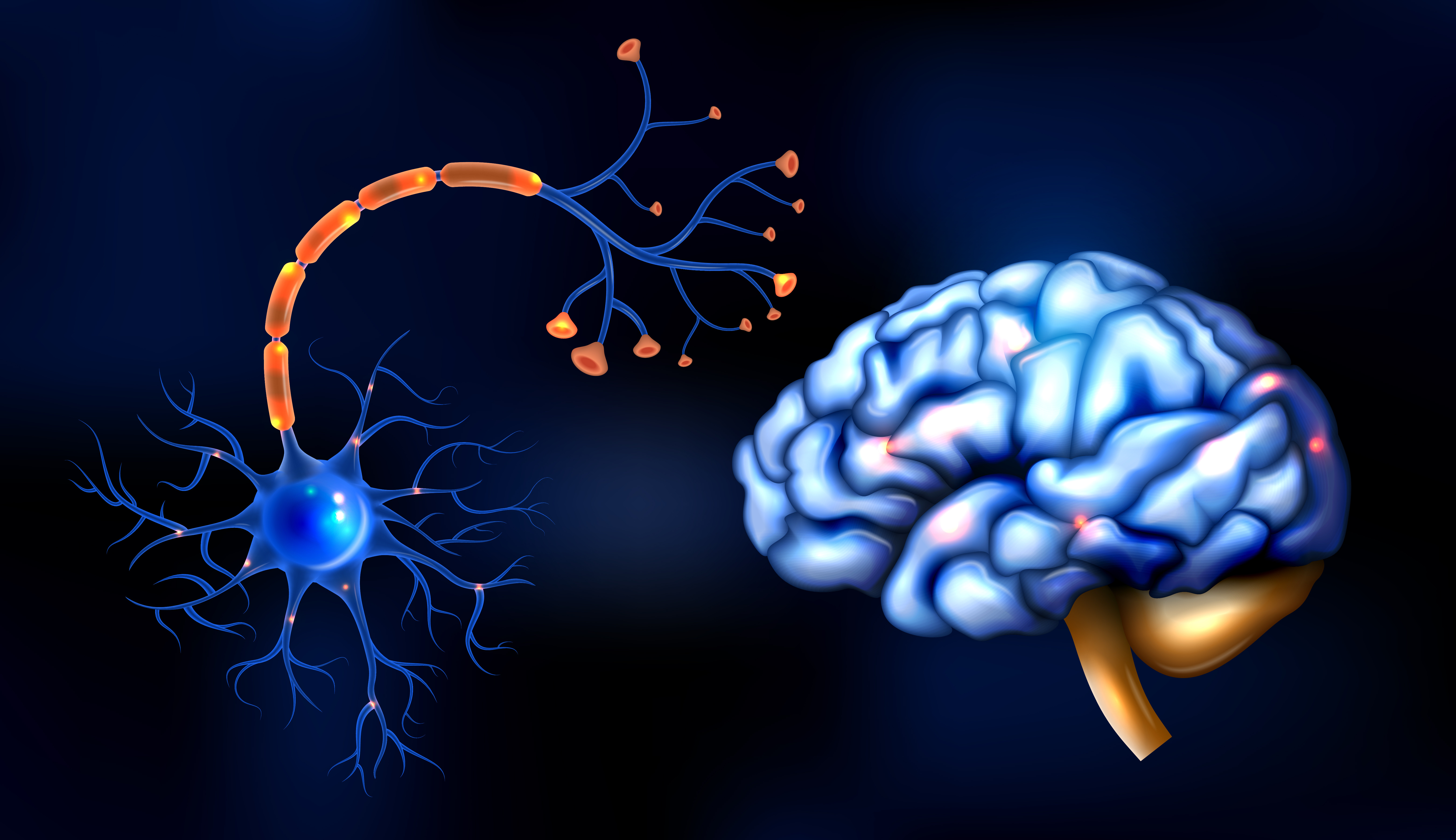Definisi
Saturday Night Palsy atau kompresi saraf radialis adalah istilah kelainan saraf radialis yang terjadi akibat tekanan pada saraf tersebut. Kompresi atau tekanan berlebihan dalam waktu lama pada saraf radialis ini menyebabkan gangguan gerak dan gangguan perasa pada saraf. Kelainan ini lebih sering terjadi pada laki-laki. Penyakit ini dapat menyerang siapa saja terlepas dari usia pasien.
Terminologi “Saturday Night Palsy” dipercaya karena ketika sabtu malam orang-orang banyak yang berpesta dan minum alkohol sampai dini hari hingga tertidur. Ketika tertidur setelah berpesta dan minum alkohol, seringkali orang tertidur lelap pada posisi lengan yang tertindih oleh kepala atau benda tertentu, sehingga menyebabkan saraf pada lengan tersebut tertekan dalam waktu lama, menyebabkan munculnya gangguan saraf.
Terminologi Saturday Night juga dikaitkan dengan salah satu dewa di mitologi yunani yakni Dewa Saturnus yang terkenal suka berpesta dan minum alkohol. Selain saturday night palsy, terdapat juga terminologi lain yang merujuk kepada kelainan saraf radialis yakni “Honeymoon Palsy”.
Penyebab
Penyebab dari saturday night palsy adalah saraf yang tertekan dalam waktu lama. Tertekannya saraf ini dapat disebabkan karena posisi tubuh yang tidak sesuai dalam jangka waktu lama, baik ketika tidur maupun tidak. Selain itu dapat juga disebabkan karena adanya pertumbuhan tumor dan kista pada bagian lengan dan penggunaan barang tertentu yang dapat menekan saraf pada lengan seperti jam tangan atau manset tekanan darah yang terlalu ketat.
Patah tulang, pergeseran sendi, dan luka gores pada bagian lengan juga dapat menyebabkan cedera pada saraf radialis. Walaupun jarang terjadi, akan tetapi infeksi dan peradangan juga dapat menyebabkan Saturday night palsy.
Faktor risiko
Faktor risiko saturday night palsy adalah sebagai berikut:
- Jenis kelamin: laki-laki lebih rentan terkena saturday night palsy
- Risiko pekerjaan: pekerjaan yang membutuhkan gerakan berulang dan postur tubuh yang sulit atau posisi tubuh yang kurang ergonomis dapat meningkatkan risiko saturday night palsy
- Cedera lain: patah tulang, pergerakan sendi, dan cedera yang mengharuskan penggunaan kruk dapat meningkatkan risiko terkena saturday night palsy
Gejala
Gejala dari saturday night palsy meliputi:
- Mati rasa pada lengan bagian atas hingga jari
- Kesulitan dalam meregangkan pergelangan tangan dan jari
- Kesulitan menggenggam
- Kelemahan dalam mengontrol otot bagian lengan atas
- Wrist drop – sensasi ketika pergelangan tangan seperti “terjatuh” dan pasien tidak dapat mengontrol dan mengangkat pergelangan tangan
Diagnosis
Dokter akan melakukan pemeriksaan berupa wawancara, pemeriksaan fisik, dan pemeriksaan penunjang guna menegakkan diagnosis. Setelah dilakukan wawancara dan pemeriksaan fisik umum, dilakukan pemeriksaan saraf. Pemeriksaan dilakukan dengan memeriksa saraf wajah, pemeriksaan fungsi motorik dan pemeriksaan fungsi sensorik yang berfokus pada bagian lengan.
Berlanjut ke pemeriksaan penunjang, dokter dapat melakukan pemeriksaan penunjang berupa pemeriksaan laboratorium darah untuk memastikan tidak ada penyebab lain yang memungkinkan munculnya keluhan pada saraf seperti gangguan pada gula darah, hormon tiroid, kadar vitamin, dan fungsi ginjal. Selain itu, dokter dapat merekomendasikan pemeriksaan radiologi berupa x-ray, CT Scan, atau MRI guna memastikan tidak adanya kelainan pada tulang atau sendi.
Kemudian dokter dapat melakukan pemeriksaan elektromiografi atau EMG. Pemeriksaan ini bertujuan untuk mengukur aktivitas listrik pada otot dan dapat melihat adanya kerusakan pada saraf atau tidak. Dokter dapat melakukan studi konduksi saraf untuk melihat seberapa baik kemampuan saraf untuk menghantarkan sinyal dari sumsum tulang belakang ke otot.
Tata Laksana
Tujuan dari pengobatan adalah untuk meredakan gejala dan mengembalikan fungsi gerak pada pergelangan tangan dan lengan. Pengobatan bergantung dengan penyebab. Secara umum, tata laksana saturday night palsy terbagi menjadi tata laksana nonbedah dan tata laksana pembedahan. Pada kebanyakan kasus, gejala dapat hilang sendiri tanpa tindakan pembedahan.
Tata laksana nonbedah
Tata laksana nonbedah yang memungkinkan adalah pemberian obat antinyeri seperti parasetamol, pengobatan antikejang, injeksi steroid, plester atau krim anestesi, penggunaan bidai untuk membantu imobilisasi dan mengurangi aktivitas otot dan saraf, fisioterapi untuk membantu menguatkan dan mengembalikan kekuatan otot, pemijatan, dan akupuntur. Selain itu, terapi stimulasi saraf atau Transcutaneous Electrical Nerve Stimulation (TENS) juga dapat dijadikan piilhan.
Tata laksana pembedahan
Tata laksana pembedahan dapat dilakukan bila dokter menemukan penyebab spesifik dalam saturday night palsy seperti adanya tumor, kista, atau fraktur. Tujuan dari tindakan pembedahan adalah untuk memperbaiki kerusakan pada saraf. Setelah operasi, pasien wajib menggunakan penyangga atau bidai untuk membantu mengistirahatkan bagian saraf yang terkena. Dokter juga dapat bekerjasama dengan fisioterapis atau dokter rehabilitasi medik untuk mengembalikan kekuatan dan kemampuan otot. Tindakan operasi dapat dilakukan oleh dokter spesialis bedah saraf.
Komplikasi
Kebanyakan kasus saturday night palsy dapat sembuh total. Namun, tak sedikit mengalami komplikasi, antara lain:
- Kehilangan kemampuan perasa secara parsial atau permanen
- Kelumpuhan pada pergelangan tangan secara parsial atau permanen
- Kelainan bentuk lengan permanen
- Keluhan saturday night palsy berulang
Pencegahan
Kebanyakan dari kasus saturday night palsy tidak bisa dicegah, namun perbaikan postur yang ergonomis saat bekerja dan penggunaan bantal penyangga saat tidur dapat membantu. Selain itu, hindari perilaku yang dapat berdampak kepada kerusakan saraf seperti gerakan berulang, dan posisi yang menghimpit atau menekan lengan ketika duduk lama atau tidur. Bila pekerjaan Anda mengharuskan Anda untuk melakukan gerakan berulang, biasakan untuk beristirahat dan melakukan pergantian aktivitas secara bergiliran.
Kapan Harus ke Dokter?
Anda harus ke dokter bila mengalami keluhan mati rasa dan adanya kesulitan bergerak pada lengan bagian atas. Anda dapat berobat ke dokter umum terlebih dahulu, dan dokter umum akan merujuk ke dokter spesialis saraf bila keluhan tidak kunjung membaik dan membutuhkan penanganan lebih lanjut. Kondisi saturday night palsy dapat disembuhkan. Semakin cepat ditangani maka kemungkinan untuk sembuh dan kembali seperti sedia kala juga meningkat. Penyembuhan dapat memakan waktu tiga bulan pada kasus ringan, sedangkan penyembuhan dapat memakan waktu hingga delapan bulan pada kasus yang memerlukan operasi.
Mau tahu informasi seputar penyakit lainnya? Cek di sini, ya!
- dr Ayu Munawaroh, MKK
Ansari FH., Jurgens AL., (2022). Saturday Night Palsy. Retrieved 12 September 2022, from https://www.ncbi.nlm.nih.gov/books/NBK557520/
Mayo Clinic - The Origin of Saturday Night Palsy. (2002). Retrieved 12 September 2022, from https://mayoclinic.pure.elsevier.com/en/publications/the-origin-of-saturday-night-palsy
Medscape - Radial Mononeuropathy. (2021). Retrieved 12 September 2022, from https://emedicine.medscape.com/article/1141674-overview












